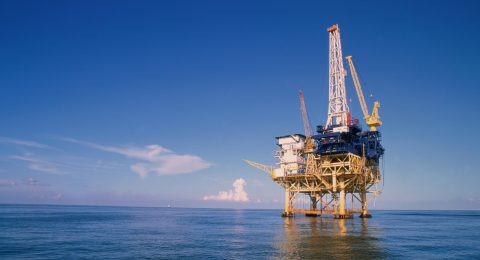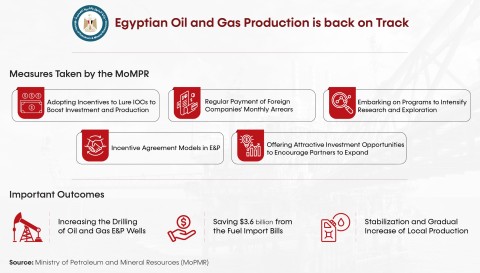Spain’s government activated an environmental emergency alert Saturday over oil slicks that threaten pristine beaches on the southwestern Canary Islands.
The government activated a level 2 alert after analyzing ocean current data from Spain’s Oceanographic Institute, saying the slicks could affect the islands’ vulnerable coasts. Level 2 is the second highest alert level.
The islands are a popular destination for European visitors and harbor an important tourism industry.
The government said one beach had been cleared of oil and clean-up operations were ongoing on three other beaches near the tourist hot-spot of Maspalomas on Gran Canaria after a slick came ashore Thursday.
Regional authorities were criticized by environmental groups like Greenpeace after the Russian trawler Oleg Naydenov, which caught fire in a local port on April 11, was towed out to sea as a precaution.
The boat, which carried 1,400 metric tons of a viscous type of fuel oil, sank on April 14, some 24 kilometers (15 miles) south of the island.
Now, currents could carry slicks — believed to have come from the Oleg Naydenov — to other nearby islands, the government said.
“The emergency level 2 is activated for all the Canary Islands and proactively planned surveillance flights are now surveying the south of Tenerife and La Gomera islands,” Saturday’s statement said.
Greenpeace posted photographs of a dolphin partially coated in oil, while Spanish state television TVE broadcast images of workers cleaning a rocky beach that was stained black with oil.
Red Cross spokesman Jose Antonio Rodriguez told The Associated Press that Veneguera beach on Gran Canaria island, a top European vacation spot, had been cleaned.
An unmanned remote-controlled submarine sent down 2,400 meters (7,900 feet) to survey the wreck of the Russian trawler was inspecting to see if three holes in its hull could be blocked.
Source: AP












